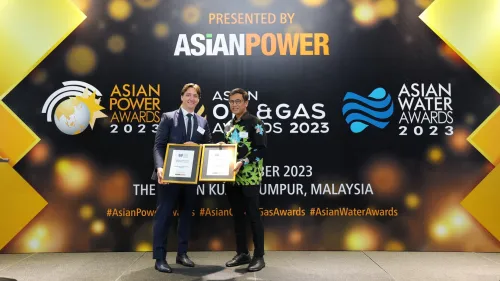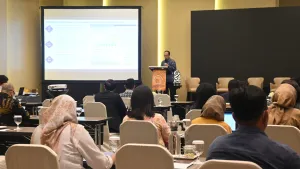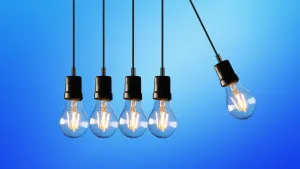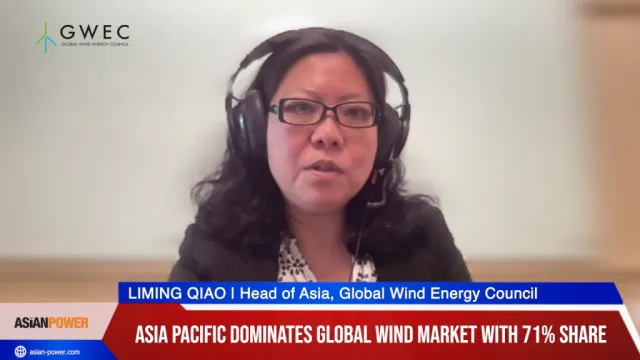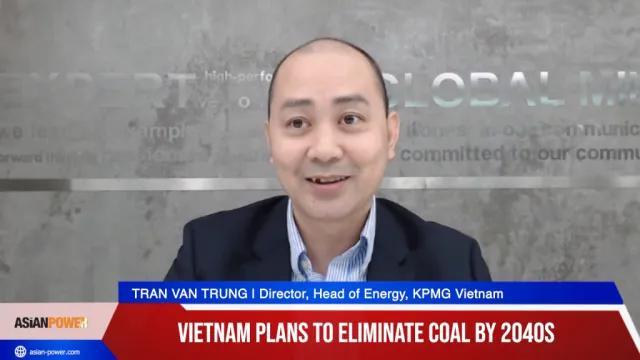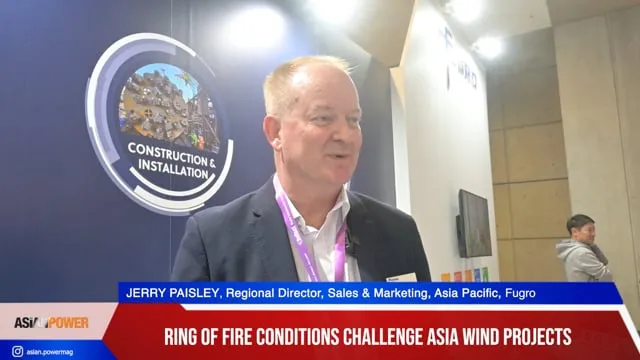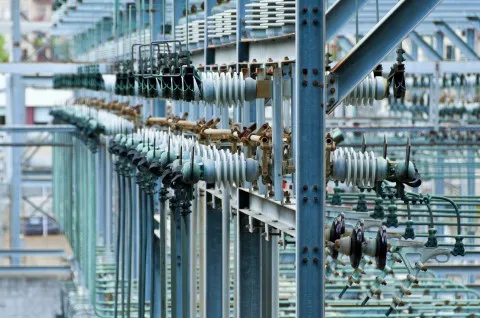
India urged to heighten renewables investment amidst improving reliability
Intermittency is being addressed by battery storage.
The top Indian renewable states must ramp up investment in grid modernisation to deal with increased intermittency of renewable generation and turn variable renewable energy into the dominant source of low-cost domestic electricity, according to the Institute for Energy Economics and Financial Analysis (IEEFA).
“Greater penetration of lower cost but variable renewable energy requires a significant step-up in investment in reliability via batteries, pumped hydro storage, solar thermal, gas and/or diesel power ‘peakers’, faster-ramping coal plants, plus increased interstate grid connectivity and demand response management,” IEEFA India energy finance analyst Kashish Shah said.
This was based on a case in South Australia, which was initially reliant on coal and gas until the unexpected retirement of its 760-MW coal-fired capacity in 2016. By 2019, the state saw the lowest average wholesale price on the National Electricity Market, at $39.2 (A$56.84) per MWh in November, driven by record high renewable energy penetration.
It has also become a net exporter of power, with 11.1% of its gross electricity production going to Victoria. Over half or 54.6% of the state’s power generation is drawn from renewable sources.
Its battery storage facilities, namely Hornsdale Power Reserve, Dalrymple North Battery, and Lake Bonney, were credited for improving grid reliability in the state, whilst managing the intermittency of the high and rising penetration of variable renewable energy.
Furthermore, the state has 1.24GW in behind-the-meter, grid-interactive, distributed rooftop solar capacity, which forms 16.4% of its total generation capacity. This has enabled SA to pioneer the engineering of virtual power plants (VPPs).
For India, IEEFA recommended a policy support in the form of a flexible ‘time-of-day’ pricing mechanism to enable investment in the reliability of components in the electricity system.
“Whilst battery storage costs have declined dramatically all over the world and will continue to do so, they are yet unviable for the Indian market in the absence of a formal/bankable price premium for on-demand peak power supply,” Shah said.
The top renewable states include Karnataka, Tamil Nadu, Gujarat, Maharashtra, Rajasthan and Andhra Pradesh, which have a combined total of 65.3GW of variable renewable energy capacity.


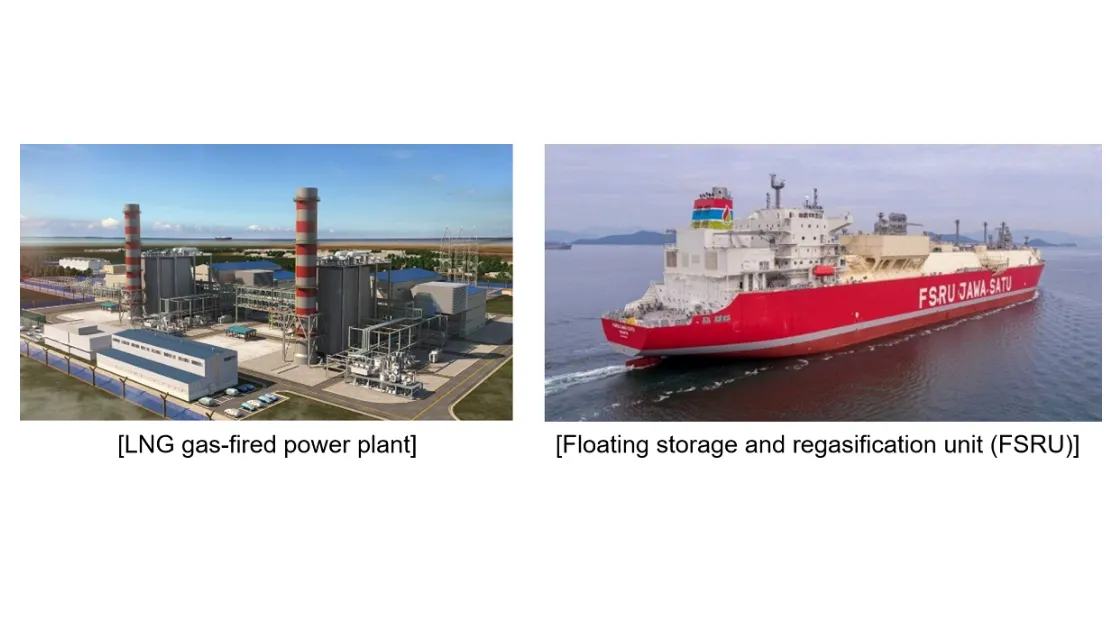
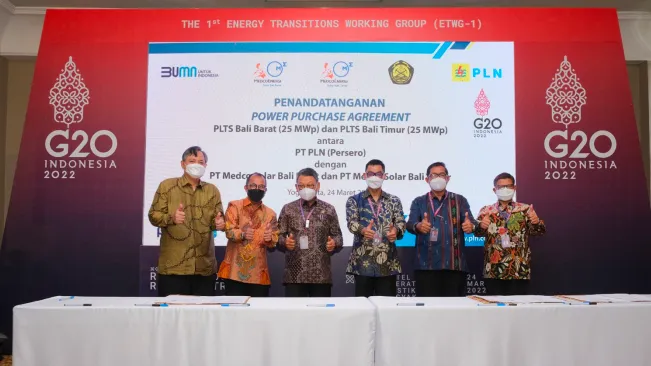
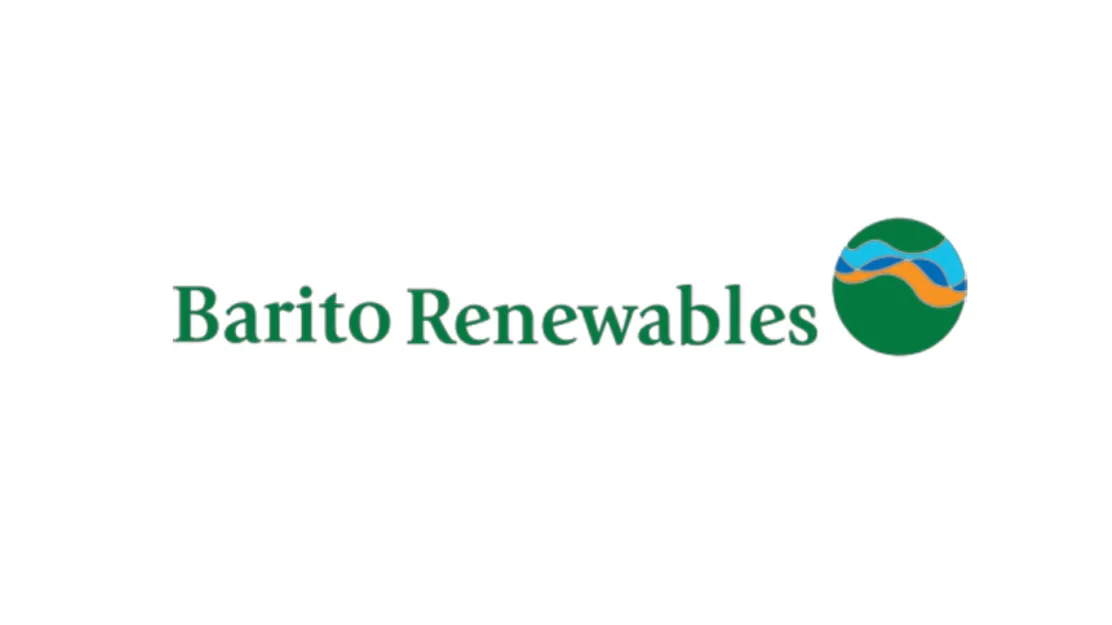

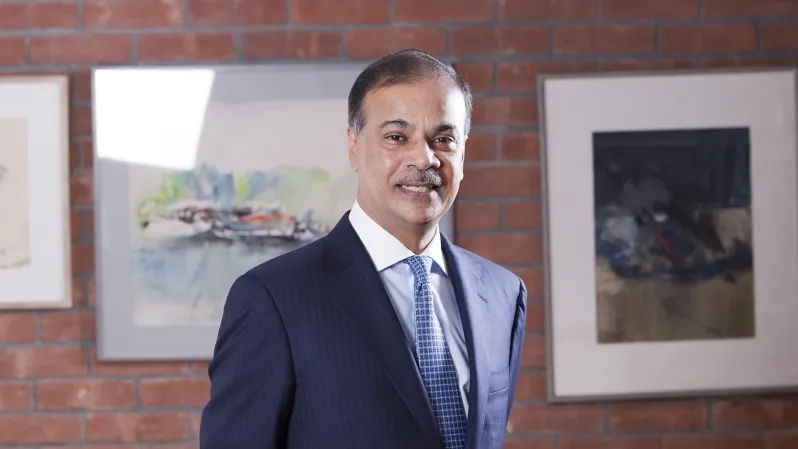
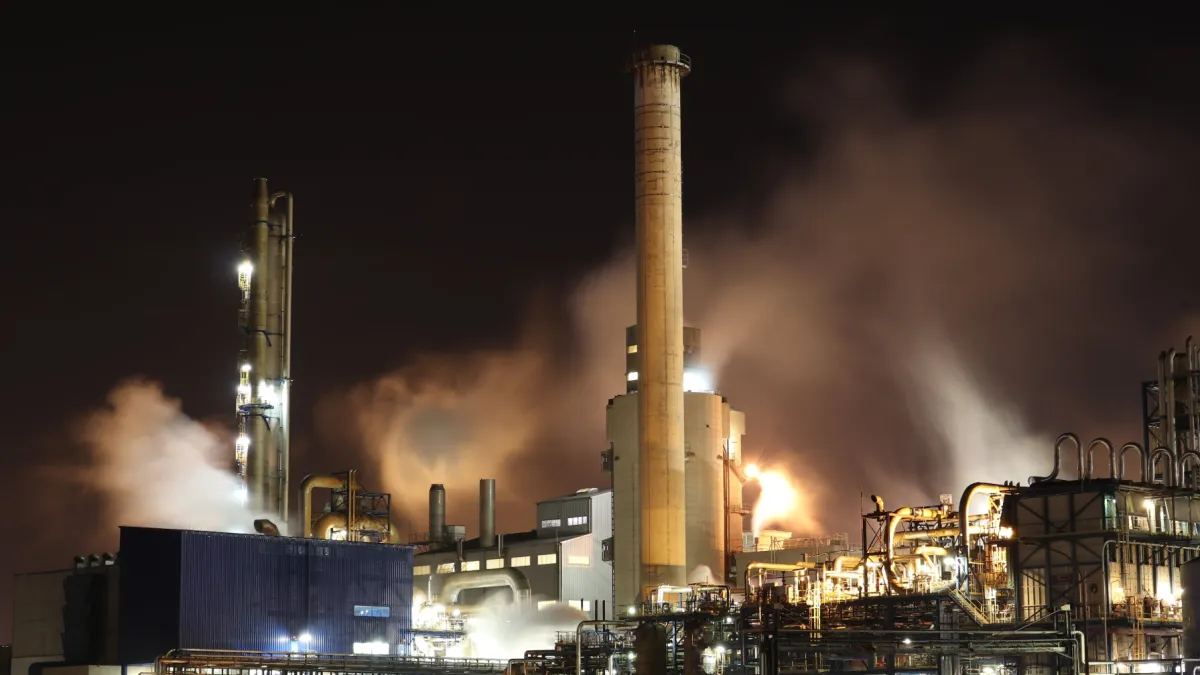

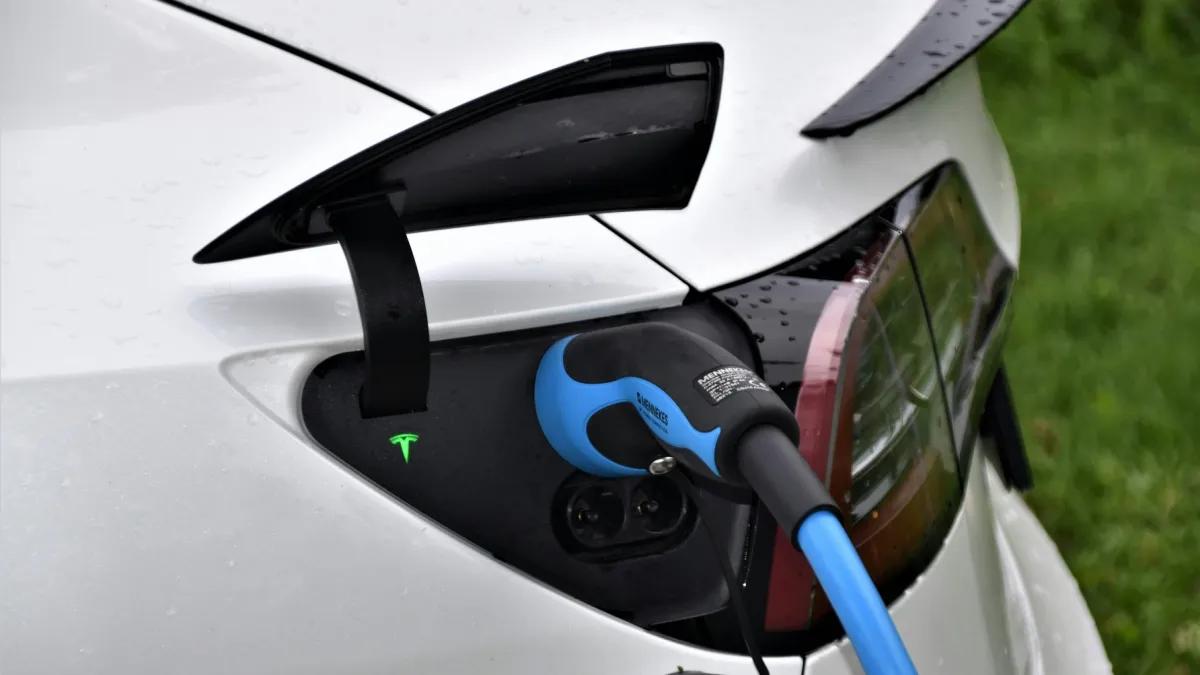
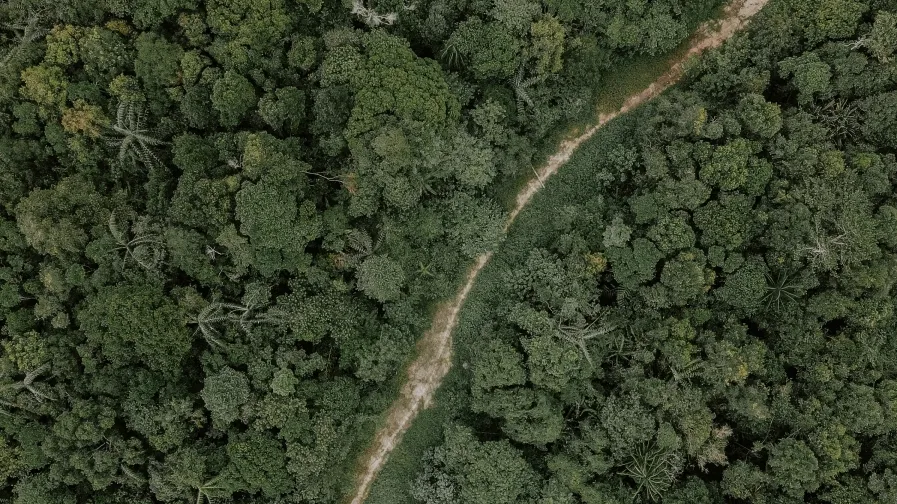


 Advertise
Advertise
